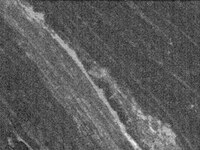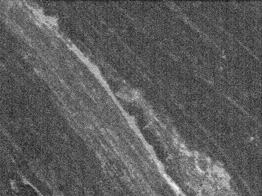NE1013 Sigma-AldrichAnti-PGP9.5 (176-191) Rabbit pAb
This Anti-PGP9.5 (176-191) Rabbit pAb is validated for use in Immunoblotting, Frozen Sections for the detection of PGP9.5 (176-191).
More>> This Anti-PGP9.5 (176-191) Rabbit pAb is validated for use in Immunoblotting, Frozen Sections for the detection of PGP9.5 (176-191). Less<<Sinónimos: Anti-Neuron Cytoplasmic Protein 9.5, Anti-Ubiquitin Thiolesterase L1, Anti-UCHL1
Productos recomendados
Descripción
| Replacement Information |
|---|
Tabla espec. clave
| Species Reactivity | Host | Antibody Type |
|---|---|---|
| H, M, Porcine, R | Rb | Polyclonal Antibody |
Precios y disponibilidad
| Número de referencia | Disponiblidad | Embalaje | Cant./Env. | Precio | Cantidad | |
|---|---|---|---|---|---|---|
| NE1013-50UL |
|
Ampolla de plást. | 50 ul |
|
— |
| References | |
|---|---|
| References | Caballero, O.L., et al. 2002. Oncogene 21, 3003. Tezel, E., et al. 2000. Clin. Cancer Res. 6, 4764. |
| Product Information | |
|---|---|
| Form | Liquid |
| Formulation | Undiluted serum. |
| Positive control | Mouse dorsal root nerve fibers |
| Preservative | ≤0.1% sodium azide |
| Quality Level | MQ100 |
| Physicochemical Information |
|---|
| Dimensions |
|---|
| Materials Information |
|---|
| Toxicological Information |
|---|
| Safety Information according to GHS |
|---|
| Safety Information |
|---|
| Product Usage Statements |
|---|
| Packaging Information |
|---|
| Transport Information |
|---|
| Supplemental Information |
|---|
| Specifications |
|---|
| Global Trade Item Number | |
|---|---|
| Número de referencia | GTIN |
| NE1013-50UL | 04055977209846 |
Documentation
Anti-PGP9.5 (176-191) Rabbit pAb Ficha datos de seguridad (MSDS)
| Título |
|---|
Anti-PGP9.5 (176-191) Rabbit pAb Certificados de análisis
| Cargo | Número de lote |
|---|---|
| NE1013 |
Referencias bibliográficas
| Visión general referencias |
|---|
| Caballero, O.L., et al. 2002. Oncogene 21, 3003. Tezel, E., et al. 2000. Clin. Cancer Res. 6, 4764. |








